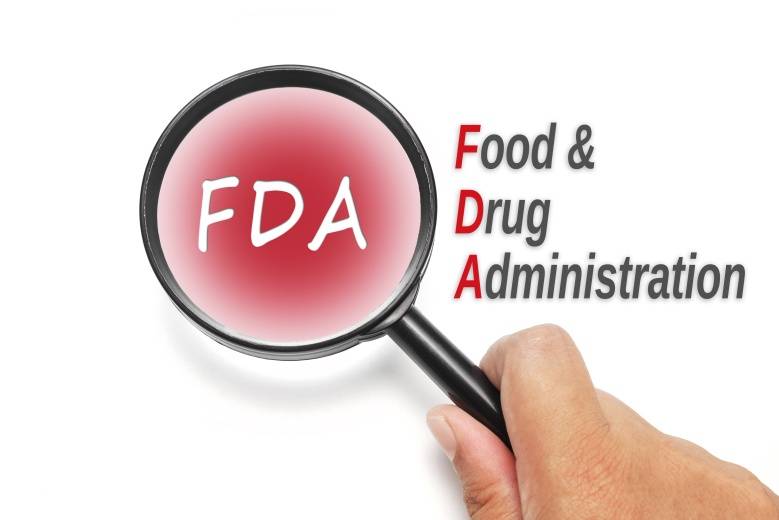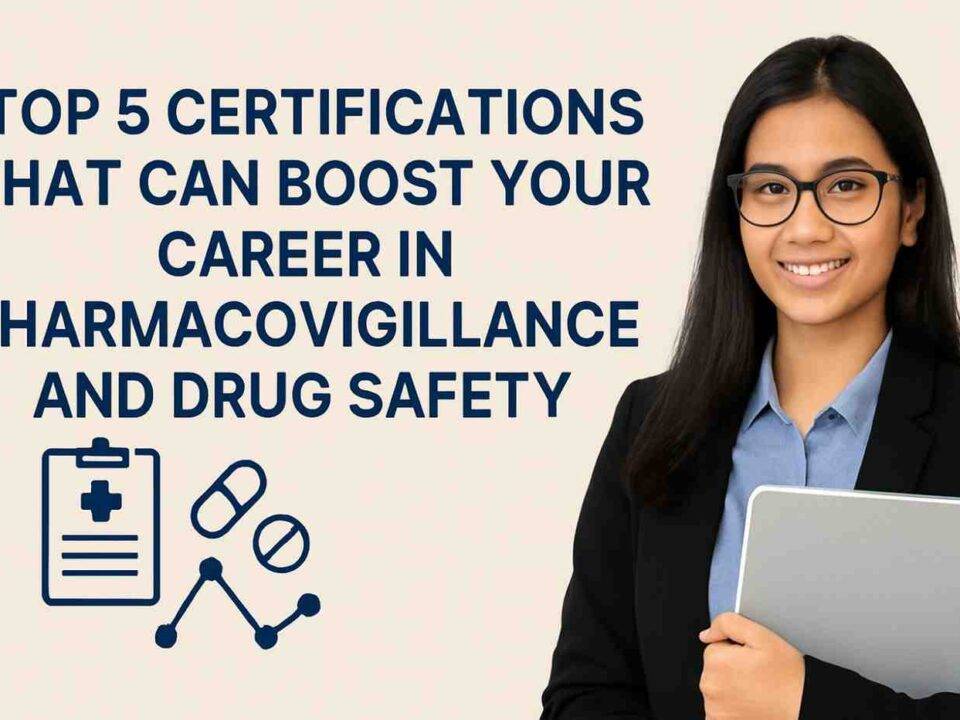According to the food and drug agency (FDA), sterile drug products are manufactured by two methods. They are terminal sterilization and aseptic processing. Such a difference is due to the nature of certain products which can be sterilized only by a certain process. But the FDA has recommended that manufacturers opt for the terminal sterilization process and adopt the aseptic process only if terminal sterilization is impossible in sterilizing a product.
Aseptic processing is involved in producing a sterile drug product in a carefully controlled and monitored environment using various techniques of sterilization.
Initially quality risk management was not practiced by the pharmaceutical industry because adhering to regulations laid down by government agencies like FDA was considered more important. But with more diverse types of drugs and different production methods emerging, regulatory laws appear to be inflexible to account for these variations. Thus the FDA has taken a quality systems approach to regulation which involves assessing quality risk for products.
 Compared to terminal sterilization, aseptic processing is considered hazardous since the chances of contaminants entering a sterile packaged product are higher in this method. In terminal sterilization, components of the products are processed in a controlled environment and then the final product is sterilized but in aseptic processing, the product components are first sterilized individually and then are processed to obtain the final product. Patients in clinical trials and in normal conditions are the ones who are affected if an aseptically processed drug is contaminated and consumed.
Compared to terminal sterilization, aseptic processing is considered hazardous since the chances of contaminants entering a sterile packaged product are higher in this method. In terminal sterilization, components of the products are processed in a controlled environment and then the final product is sterilized but in aseptic processing, the product components are first sterilized individually and then are processed to obtain the final product. Patients in clinical trials and in normal conditions are the ones who are affected if an aseptically processed drug is contaminated and consumed.
To deal with this significant threat to patient lives, regulatory agencies around the world have harmonized efforts to create a management system that can systematically assess, control, communicate and review the risks involved with the drug product during its entire lifecycle. Thus was born the concept of “Quality Risk Management” (QRM).
The International Council for Harmonization of Technical Requirements for Pharmaceuticals for Human Use (ICH) collaborated with regulatory bodies around the world and the pharmaceutical industry to create guidelines on the quality of pharmaceutical products. Among these guidelines, the ICH Q9 guideline has been specifically built by consensus to address QRM for pharmaceutical products. The ICH Q9 has outlined the QRM process for a product’s lifecycle. The process consists of:
- Risk Assessment
- Risk Control
- Risk Review
- Risk Communication
- Risk Management Tools
Risk assessment is the starting point of a QRM process. It aims to identify potential risks, analyzing them and the consequences of getting exposed to such risks. Risk assessment needs a professional team of engineers, quality assurance experts, manufacturers led by someone with experience and knowledge about QRM.
Risk control’s main objective is to develop a plan and reduce assessed risks to a level that is deemed acceptable. For example, if a certain drug is assessed to cause a side effect it must be ensured through a risk control plan to lower it such a level that the side effect caused will not cause major health problems for the subject consuming the drug.
Risk communication simply refers to communication between QRM experts, pharmaceutical product manufacturers and other involved parties.
Risk review involves periodically reviewing the assessed risks to find out if they continue to be a major threat or if they have reduced. They might also discover new risks when reviewing and have to initiate the QRM process for those new risks.
Risk management tools involve technical tools used for performing the risk assessment activities in a QRM. Some of them are 3-D risk assessment tool, failure mode and effects analysis (FMEA), fault tree analysis (FTA), hazard operability analysis (HAZOP), preliminary hazard analysis (PHA), risk ranking and filtering among many others. Of these FMEA is one of the most often used tools since it helps users by breaking down the analysis results of complex processes into simpler manageable blocks.
REFERENCES
http://www.ich.org/fileadmin/Public_Web_Site/ICH_Products/Guidelines/Quality/Q9/Step4/Q9_Guideline.pdf
http://www.ich.org/products/guidelines/quality/article/quality-guidelines.html
http://www.fda.gov/downloads/Drugs/…/Guidances/ucm070342.pdf
http://www.ivtnetwork.com/sites/default/files/Risk%20Management%20for%20Aseptic%20Processing.pdf
http://forums.pharmacyonesource.com/phos/attachments/phos/pharmacy_ops/1377/1/terminal%20sterilization%20v%20aseptic.pdf
http://www.who.int/immunization_standards/vaccine_quality/risk_july_2013.pdf?ua=1
{{cta(‘54389e87-8923-434f-ad56-386f9ece91dc’)}}



